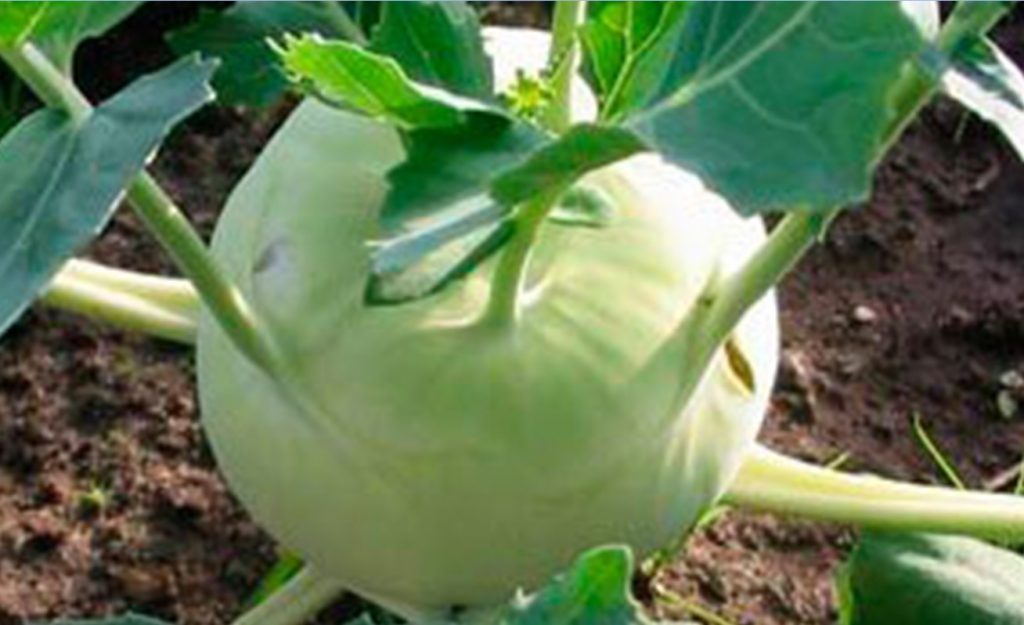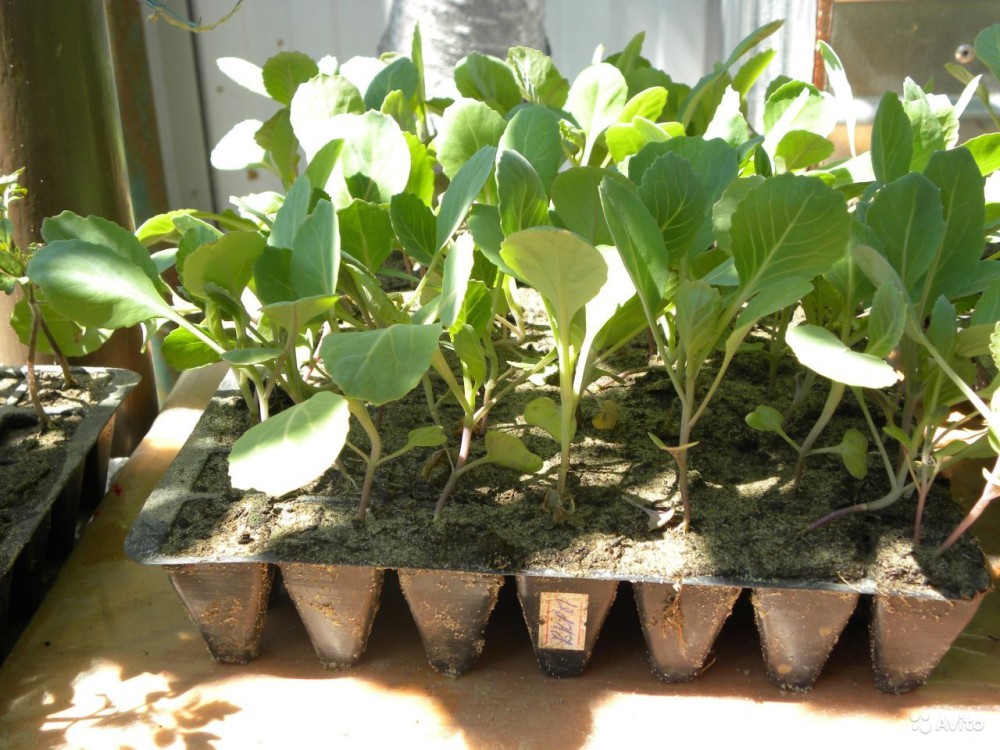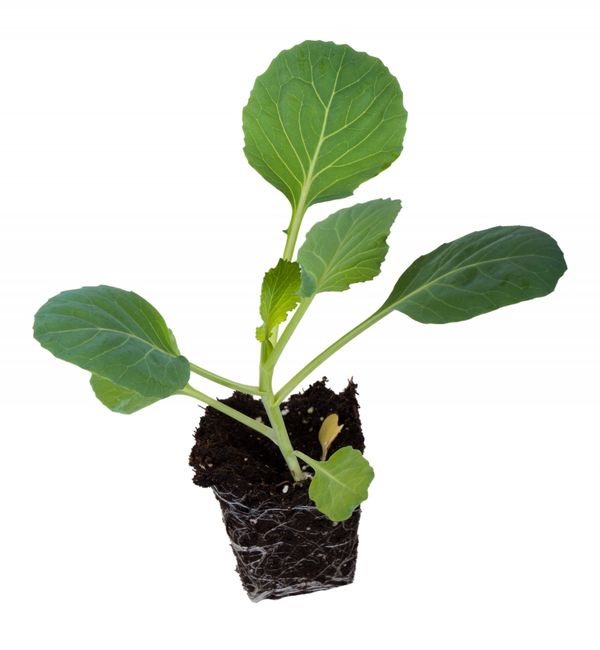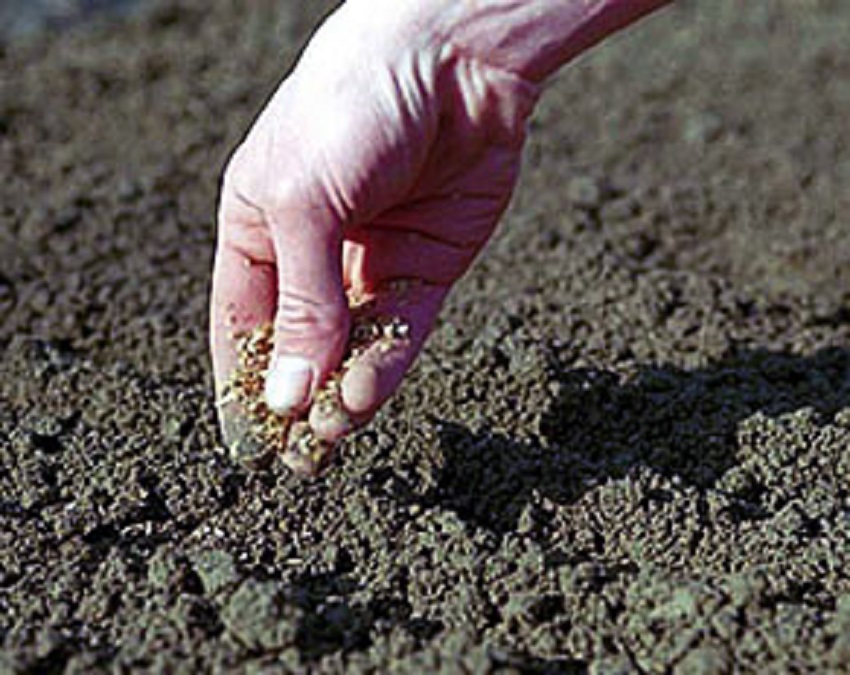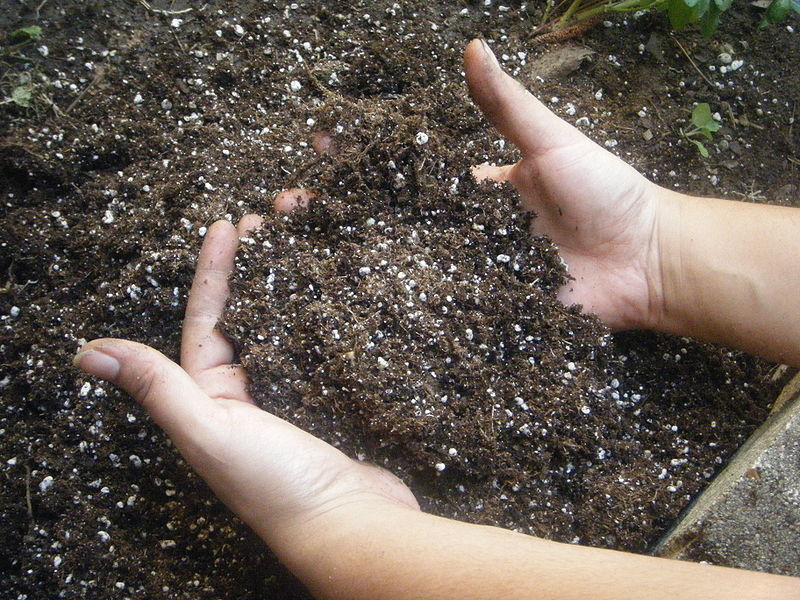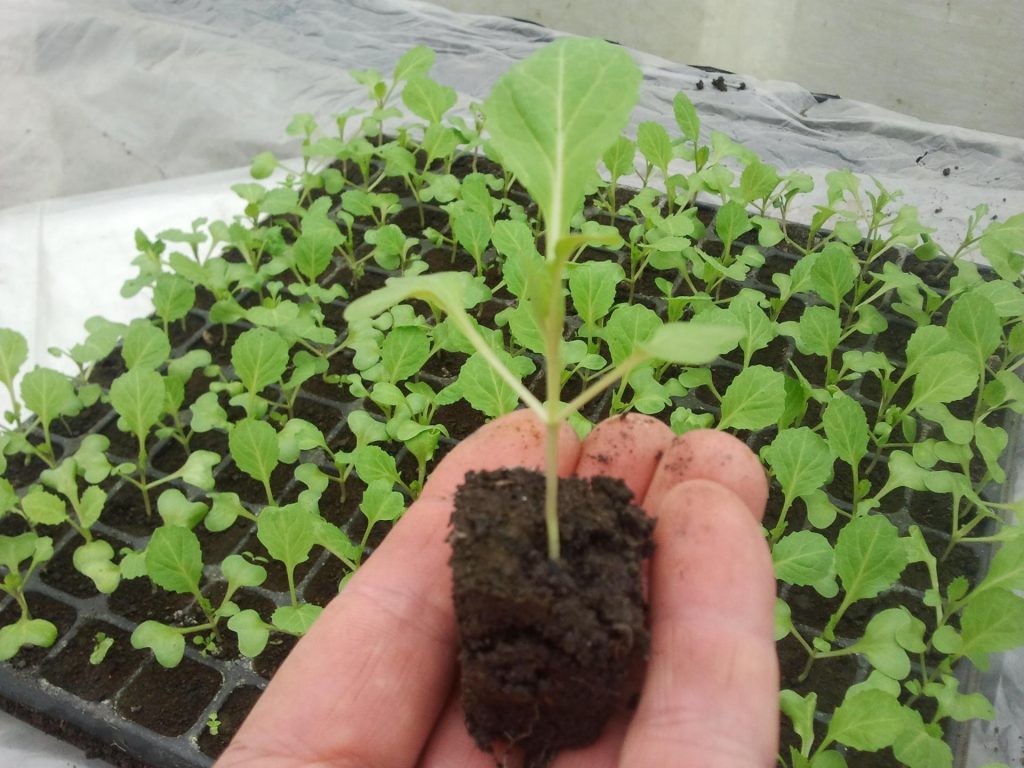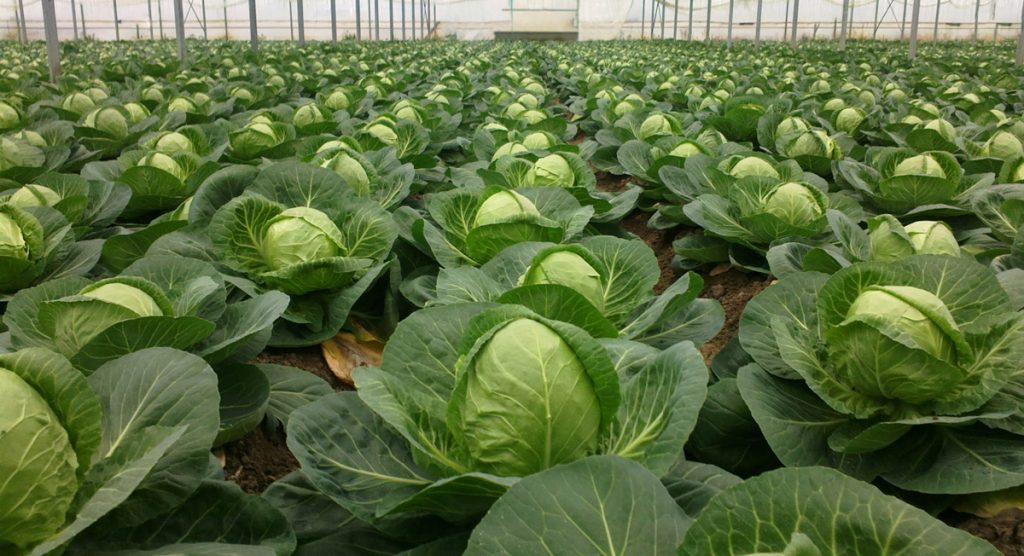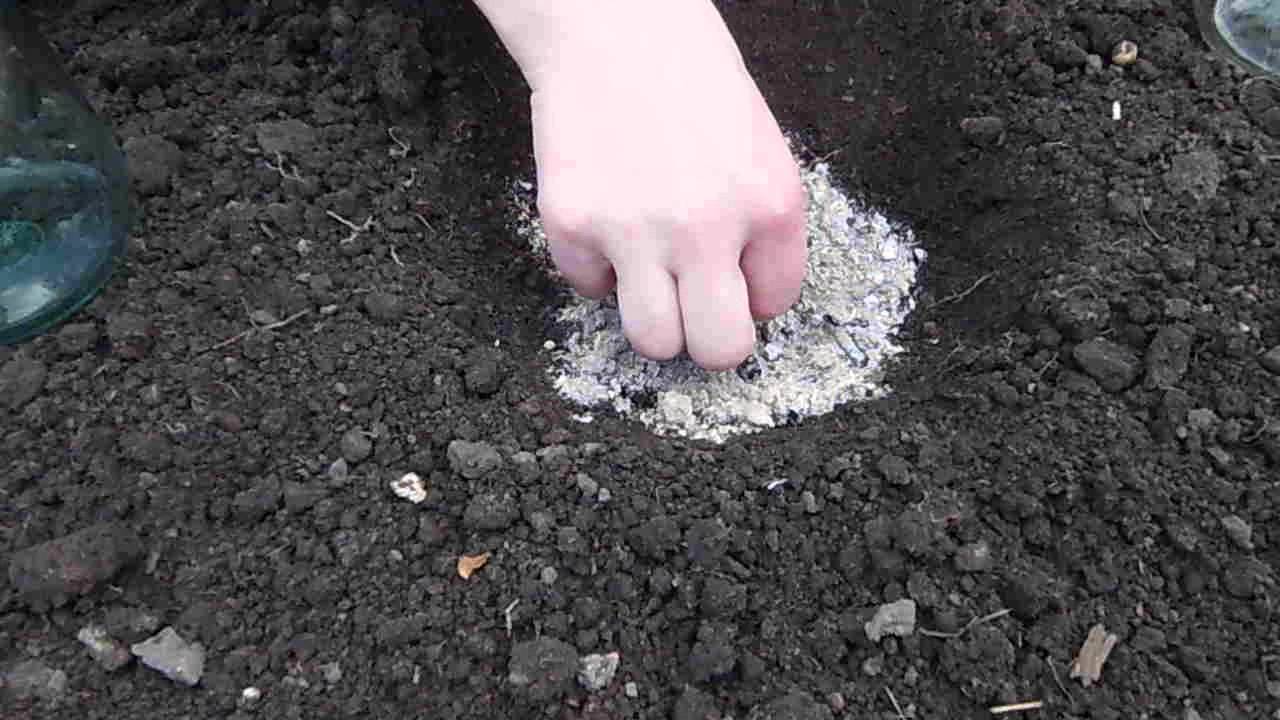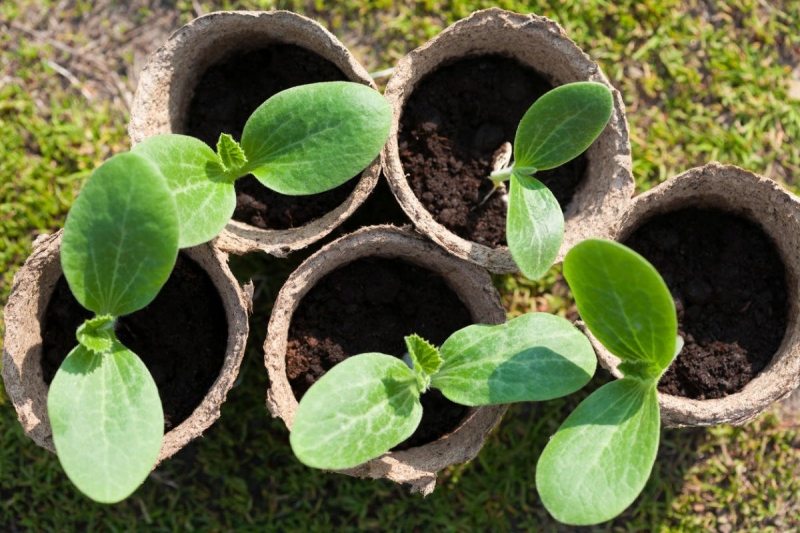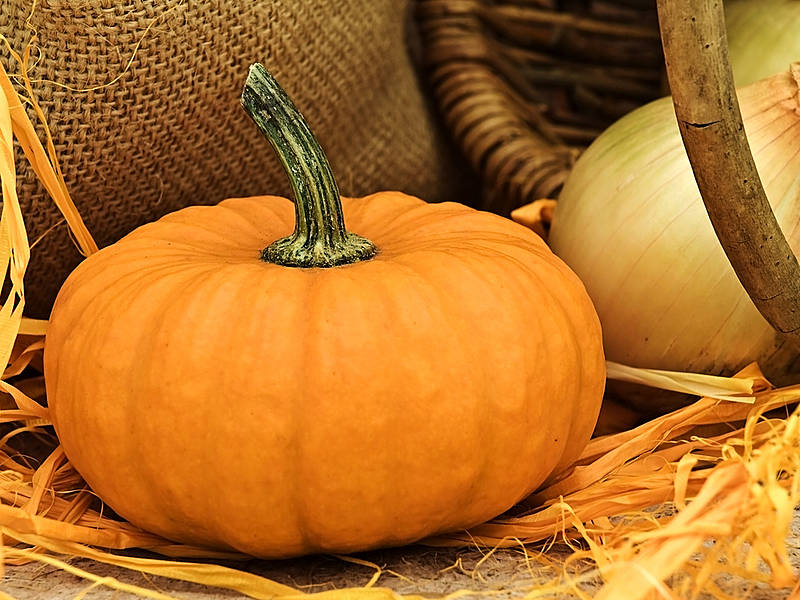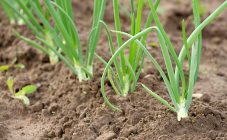Content:
A variety of types and varieties of popular vegetables can baffle even a seasoned summer resident. How and when to plant cabbage in open ground, by seeds or seedlings, how the timing of planting and departure from the species depend are topics that constantly excite gardeners.
How to plant cabbage in open ground
Planting cabbage in open ground is carried out in two ways - seedling and seedling, that is, seeds.
Site selection and preparation of beds
When growing cabbage in a seedling method, prepare for planting as follows:
- the place is chosen in a lowland, humid, but without stagnant water;
- cabbage loves good lighting, so the neighborhood of trees and tall shrubs is excluded;
- the best predecessors are cucumbers, onions or garlic, carrots, nightshades;
- the first digging of the beds is carried out in the fall, before the cold weather;
- minerals and organics are introduced for spring digging;
- a week before planting, the soil is treated with phytosporin to protect the plants from keel spores.
When preparing a place for cabbage, take into account that it loves fertile loams with a neutral pH. Therefore, if the composition of the soil does not correspond to the requirements of the culture, ennobling additives are added simultaneously with fertilizers.
Seedling planting rules
Any cabbage seedlings are planted according to the general rules for the culture:
- Placed in the beds in the morning or evening, if the weather is sunny. The best option for cabbage is a cloudy day with intermittent drizzling rain.
- The soil must be well moistened.
- After planting, the seedlings are watered abundantly and covered with lutrasil. The canvas will retain moisture, protect young plants from the hot sun or return frosts.
- Only overgrown seedlings, stretched out from lack of light, deepen.
The disembarkation is carried out according to the scheme:
- early varieties - 30 × 30 cm;
- mid-season - 45 × 45 cm;
- late - 60 × 60 cm.
The exception is Brussels sprouts, which are always planted according to the scheme 60 × 60 cm, kohlrabi - 30 × 30 cm.
Sowing cabbage seeds in open ground
Suitable for planting seeds are medium and late ripening varieties of white and red cabbage, cauliflower, broccoli, and its other species, including decorative, except for Brussels sprouts.
The beds for sowing are prepared in the same way as for seedlings. The grooves are made 2-3 cm deep. The seeds are laid out in the ground warmed up to 8 ° C with a step of 15 cm, but a denser planting of cabbage in the open ground with subsequent thinning is also allowed. The distance between the grooves is from 30 to 60 cm. The crops are watered and covered with lutrasil.
A more practical and convenient method of seeding in the holes:
- On the prepared beds, small holes are made using a bottle, better than a glass one. The bottom is slightly deepened, turned over, ramming the soil. 3-4 seeds are placed in each hole.
- The seeds are covered with humus, compacting it.
- A mini-greenhouse made of plastic bottles with a cut-off bottom is placed above the hole. The caps are left, through them the seedlings are aired daily.
Summer residents decide on their own which way to choose.
When to plant cabbage outdoors
Seedlings of early varieties should be planted first on the beds. The favorable soil temperature for seedlings and seeds is 8-10 ° C at a depth of 10 cm. The line of mid-season and late varieties comes up much later. The air temperature in the first days after planting is desirable at least 12 ° C, after rooting, the seedlings will survive a decrease to 3-5 ° C, and the seedlings of sown seeds can withstand frosts down to -3 ° C.
Estimated landing dates
First of all, the timing of planting is determined based on the duration of the growing season:
- early maturing - 90-100 days;
- mid-season - 120 days;
- late - 150 days.
In this case, the peculiarities of the climatic conditions of the area are taken into account. For example, late-ripening cabbage is completely unsuitable for growing in the Urals or Siberia, as well as in the northern latitudes and North-West of Russia.
Approximate dates for planting seedlings:
- middle strip - 25.04 - 5.05 for early varieties, 10-20.05 for mid-season;
- Siberia and the Urals - 10-20.05.
In the south, seedlings begin to be planted from the second decade of April, with early friendly spring - at the end of March, covering the seedlings for the first days with film or lutrasil. If the weather is fine, open on the day of planting.
What the lunar calendar suggests
Often summer residents coordinate their work in the garden with the instructions of the lunar calendar. The location of the moon in the constellations has a significant impact on the results of the work:
- Scorpions, Pisces, Cancer are fertile signs;
- Sagittarius, Capricorn, Taurus, Libra are signs of average yield;
- Aries, Aquarius, Gemini, Leo, Virgo are infertile.
In 2019, favorable days for working with seeds and seedlings will be:
- January - 1, 10, 15, 16, 19, 20, 29;
- February - 1, 6-8, 12-13, 17;
- March - 7, 14, 16, 21;
- April - 7-11, 16, 18;
- May - 7, 8, 10, 14-15, 18-28;
- June - 4-6, 12, 13;
- July - 3, 11, 17, 30.
When to plant cabbage in the ground or for seedlings, folk signs also suggest:
- kohlrabi seeds are sown when snowdrops bloom;
- with the flowering of daffodils, white cabbage is sown on the beds;
- cauliflower seedlings can be planted in the beds when the muscari begins to bloom;
- buds blossomed on bird cherry, swallows returned - sow late cabbage on seedlings;
- with the first leaves on a birch, seedlings of Brussels sprouts are transplanted into open ground;
- the chestnut blossomed - they sow winter cabbage;
- the willow has bloomed - it's time to sow savoy cabbage.
Growing cabbage from seeds at home
Focusing on obtaining a high-quality harvest, growing seedlings always starts with seed preparation. The process includes the steps that are mandatory for self-collected seeds:
- Culling. The seeds are poured with 3% sodium chloride solution. The floating ones are rejected within 3 minutes. to the surface of the seeds. The rest are washed with clean water and dried, stirring constantly so that they do not hatch ahead of time.
- Disinfection. To destroy pathogens of bacterial and fungal infections, the seeds are kept in a 5% solution of potassium permanganate for 2 minutes, garlic water heated to 48-50 ° C - 1 hour, Dimexide 90% - 10 minutes. The processed material is washed and dried.
- Soaking to speed up the emergence of seedlings. The seeds are poured onto a damp cotton napkin, kept constantly moistened for 12 hours. Instead of water, use a weak solution of mineral fertilizers, growth stimulants (exposure time 4-8 hours), ash infusion (3 hours).
- Hardening. The soaked seeds are placed on the bottom shelf of the refrigerator for a day.
Preparation of soil mixture
To grow seedlings, a nutritious substrate is prepared independently according to one of the recipes:
- Humus and sod land 1: 1 by weight. For each kilogram of the mixture add 2 tbsp. tablespoons of ash.
- Mix peat, turf soil, sand, taken in equal parts by weight.
- A mixture of 3 parts of peat and 1 part of sod land is kept at room temperature for 4 weeks, periodically moistening abundantly. During this time, EM preparations are used for irrigation 1-2 times. Immediately before sowing, washed river sand and ash are added to the soil mixture (for 10 kg of the mixture, 0.5 kg and 1 glass, respectively).
- You can also use commercial seedling soil, universal or special, peat tablets.
Sowing seeds
The timing of sowing seeds for seedlings is determined based on the estimated timing of planting seedlings and the timing of ripening. Age of planted seedlings from the moment of sowing:
- early and ultra-early varieties - 45-55 days;
- mid-season - 30-50 days;
- late - 50-65 days.
The seeds are sown in seedling boxes, cassettes, cups or peat tablets. The options for separate containers are more preferable, since they do not require a pick that injures the delicate root system.
Seeds are sown in moistened compacted soil to a depth of about 1.5 cm. In seedling boxes, they are placed in rows 2 cm apart. The seeding step is 2 cm. 2 seeds are planted in separate cups at a distance of 1 cm.
Before germination:
- the temperature is maintained at 18-20 ° C;
- moisten the substrate regularly.
With the appearance of the first sprouts, the air temperature is lowered by about 5 °, the density of the seedlings is estimated, and thinned out if necessary.
At the stage of 2 true leaves, the seedlings are fed for the first time with complex mineral fertilizer.
Seedlings are looked after before transplanting to the beds as follows:
- Light up to 15 hours of daylight hours with phytolamp or fluorescent lamp.
- Water in moderation every 2 days. Every 6-7 days, a few crystals of potassium permanganate are added to the water for irrigation to prevent black leg.
- If possible, the night temperature is lowered to 5 ° C. This will not allow the seedlings to stretch out, and will increase resistance to bacterial diseases.
- 2 weeks before the start of hardening of seedlings, fertilizing is carried out with nitrogen and potassium fertilizers.
Before moving to a permanent place, seedlings begin to be prepared in 2 weeks: they temper it, gradually accustoming it to open air conditions. Watering is completely stopped a week before the transplant. It is renewed only 1.5-2 hours before the final disembarkation.
It is not always possible to grow seedlings at home, summer residents often buy them from specialized farms or on the market, but in this case it is rather difficult to determine the variety. Usually sellers offer cabbage for universal use (for fresh consumption, cooking hot dishes, pickling at the same time), medium or medium late ripening times. A frequent option is seedlings of the Urozhainy variety, which has proven itself well throughout Russia and the former republics of the USSR.
How to get a good harvest
First of all, the yield depends on the correct variety. The restless nature of the summer resident always wants to try all the new items on his site. What is important to know when doing this:
- whether the variety is suitable for the area;
- ripening time;
- attitude to the vagaries of the weather;
- resistance to diseases and pests characteristic of the region;
- intended purpose (for fermentation or canning, long-term storage, etc.).
Growing cabbage outdoors and caring for it also has its own secrets:
- The best fertilizing for a vegetable after transplanting into open ground is organic. 2 weeks after disembarkation, bird droppings are introduced diluted with water 1:15. After another 2 weeks, fertilize with mullein 1:10. When heads of cabbage begin to form, carry out the third feeding, use manure again.
- Cabbage - a moisture lover is watered every other day in the evening. If the weather is cloudy, irrigation is carried out every 5 days. After watering, the soil is loosened.
- Large cabbage, regardless of the type, and the Brussels sprout must be spud. If this is not done, the plants will collapse, leading to spoilage of the heads.
- To prevent the skinny beauty from being annoyed by pests, they use ash - dry and solutions. Summer residents often resort to various tricks to save their pet from butterflies and caterpillars. One of these non-standard solutions is women's tights stretched over ripening heads of cabbage.
- In arid areas, it is best to mulch cabbage using hay or straw. This mulch will provide additional organic nutrition.
Cabbage is one of the ten most popular vegetables. Rich in vitamins and minerals, it is an essential part of a healthy diet for people of all ages. Although the culture is prone to whims - cabbage, planting and care in the open field requires certain knowledge and preparation, it always finds a place in the garden, even if the summer resident is just beginning to master the wisdom of growing vegetables.
